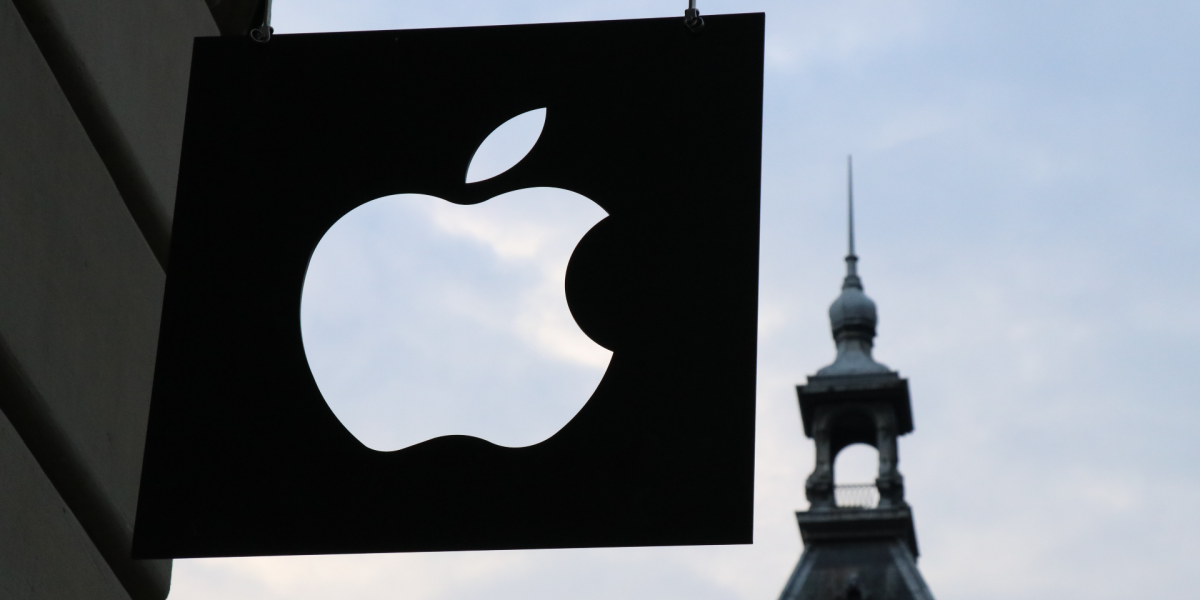…
Apple: Apple and Tesla are two of the biggest tech entities in the United States, but they are currently dealing with problems with their stocks.
The two companies face significant headwinds in China, which concerns investors.
Apple’s shares fell more than 3% when concerns about the iPhone lineup in the December quarter grew louder.
Meanwhile, Tesla fell by 12% on Tuesday when the company reported that deliveries were below analyst expectations.
China’s influence
The two tech giants’ stock decline can be attributed to challenges occurring in China.
The country accounts for 17% of Apple’s sales and 23% of Tesla’s revenue, which makes it a significant market for the two firms.
Daniel Ives, the senior equity analyst at Wedbush Securities, addressed the companies’ woes, saying:
“China is the heart and lungs of both demand and supply for both Apple and Tesla.”
“The biggest worry for the Street is that the China economy and consumer are reining in spending, and this is an ominous sign.”
He continued:
“In 2022, the worry was supply chain issues and zero Covid-related issues, 2023 is the demand worry and this has cast a major overhang on both Apple and Tesla, which heavily relied on the Chinese consumer.”
iPhone factory problems
Investors are keeping an eye on Apple’s fiscal first-quarter results, which will likely be released later this month and cover the December holiday period.
In October, the largest iPhone factory in Zhengzhou, China, suffered a Covid outbreak.
Foxconn, which runs the factory, set restrictions.
By November, workers protested over a pay dispute, and many employees walked out.
Foxconn attempted to entice them back with bonuses.
Since then, things have settled down.
Reuters reported that the factory was almost back at full operations on Tuesday.
The situation highlighted Apple’s dependence on China for iPhone production.
Following the Covid restriction, the tech giants announced that the factory was operating at a significantly reduced capacity.
Read also: Retailers have Grim Expectations with the 2023 Market
Fears
Evercore ISI analysts estimate Apple’s December quarter endured a $5 to $8 billion revenue shortfall.
However, Refinitiv consensus estimates the company could report a 1% annual revenue decline in the December quarter.
As a result, investors who expected a strong showing for the iPhone 14 have grown worried.
However, Apple faces more than just supply chain issues.
China recently overturned its zero-Covid policy in an effort to reopen its economy.
However, there have been Covid-19 outbreaks in large parts of the country, which could influence the demand for iPhones.
IDC research manager Will Wong addressed the issue, saying:
“The key challenge is expected to be on the demand side, especially since resilient high-end consumers may have started to shift their spending to travel while some may have shifted their focus to medical supplies.”
“The shift in spending will pose a key challenge in the short term.”
Tesla delivery
The Tesla share price drop occurred due to a miss in vehicle deliveries.
405,278 cars delivered in the fourth quarter fell below the expectation of 427,000 deliveries.
Demand in China and the supply chain played a role in the decline.
Throughout 2022, Tesla’s Shanghai Gigafactory endured Covid disruptions.
However, analysts also pointed out concern over Chinese consumer demand.
“Tesla will point to supply disruptions and lockdowns as the main problem in China in 2022,” said Bill Russo, the CEO of Shanghai-based Automobility.
“While these are real headwinds, it cannot hide the fact that demand has softened for a variety of reasons, and their order backlog is 70% smaller than it was prior to the Shanghai lockdown.”
Shanghai underwent lockdowns in late March 2022 as the government attempted to control a Covid outbreak.
Read also: Apply For Car Title Loan Using Your Vehicle
Headwinds
Investors have grown concerned that Tesla would decide to cut prices to entice buyers, pressuring margins.
In October, Tesla slashed Model 3 and Model Y prices in China, going back on the prices it made earlier in 2022.
However, another hurdle Tesla faces in China is rising competition from domestic rivals, including Nio and Li Auto.
In addition, there are lower-priced competitors which will launch new models this year.
“Tesla’s models have been in the market for a while and are not as fresh to the Chinese consumer as other alternatives,” offered Russo.
“What we are learning is, EV product life cycles are short as they are shopped for their technology features.”
“Buying an older EV is like buying last year’s smartphone,” he continued.”
“They need new or refreshed models to reignite the market. Just pricing lower can damage their brand in the long run.”
Reference:
China risks loom over US tech giants Tesla and Apple as share prices plunge






